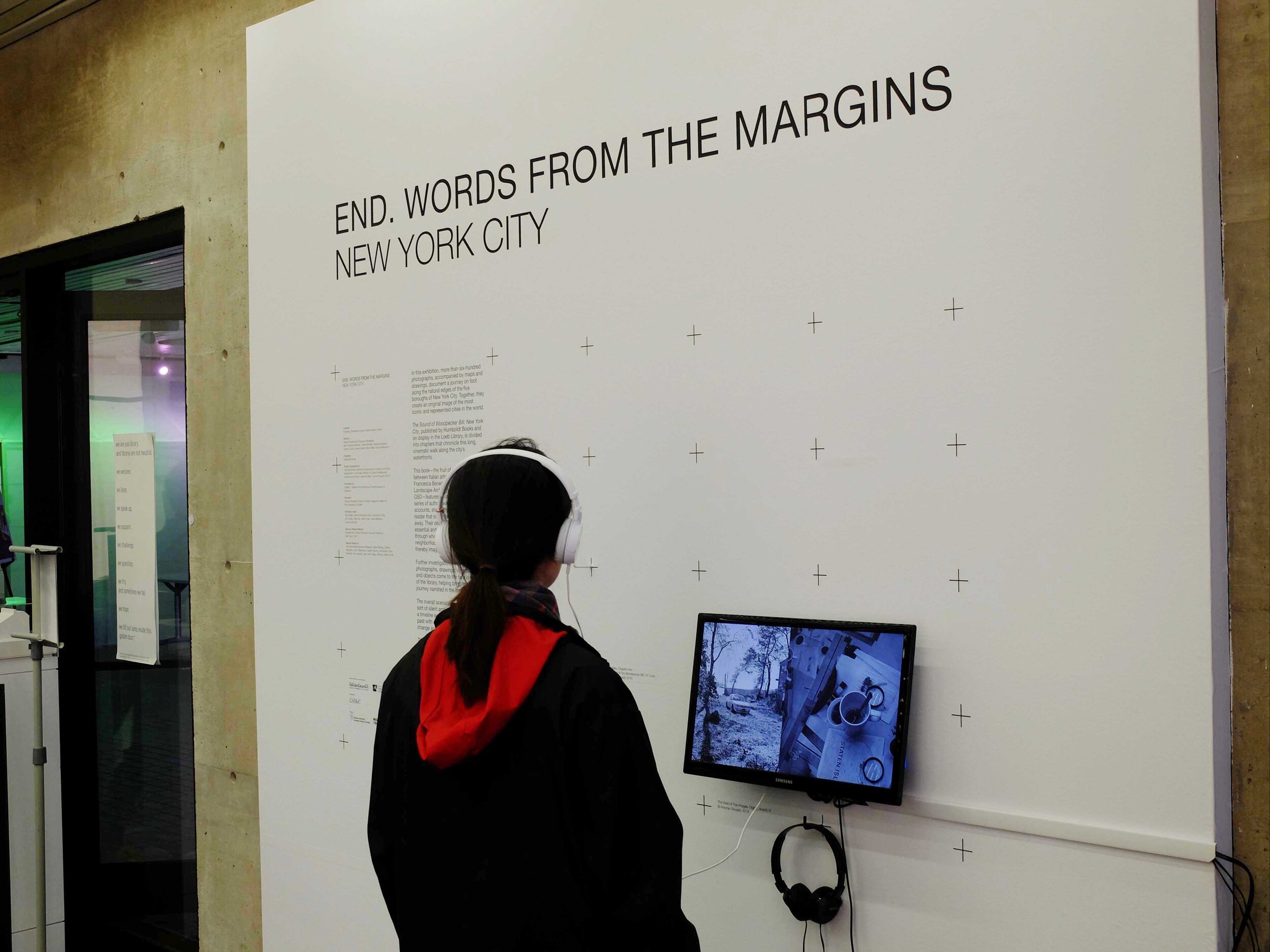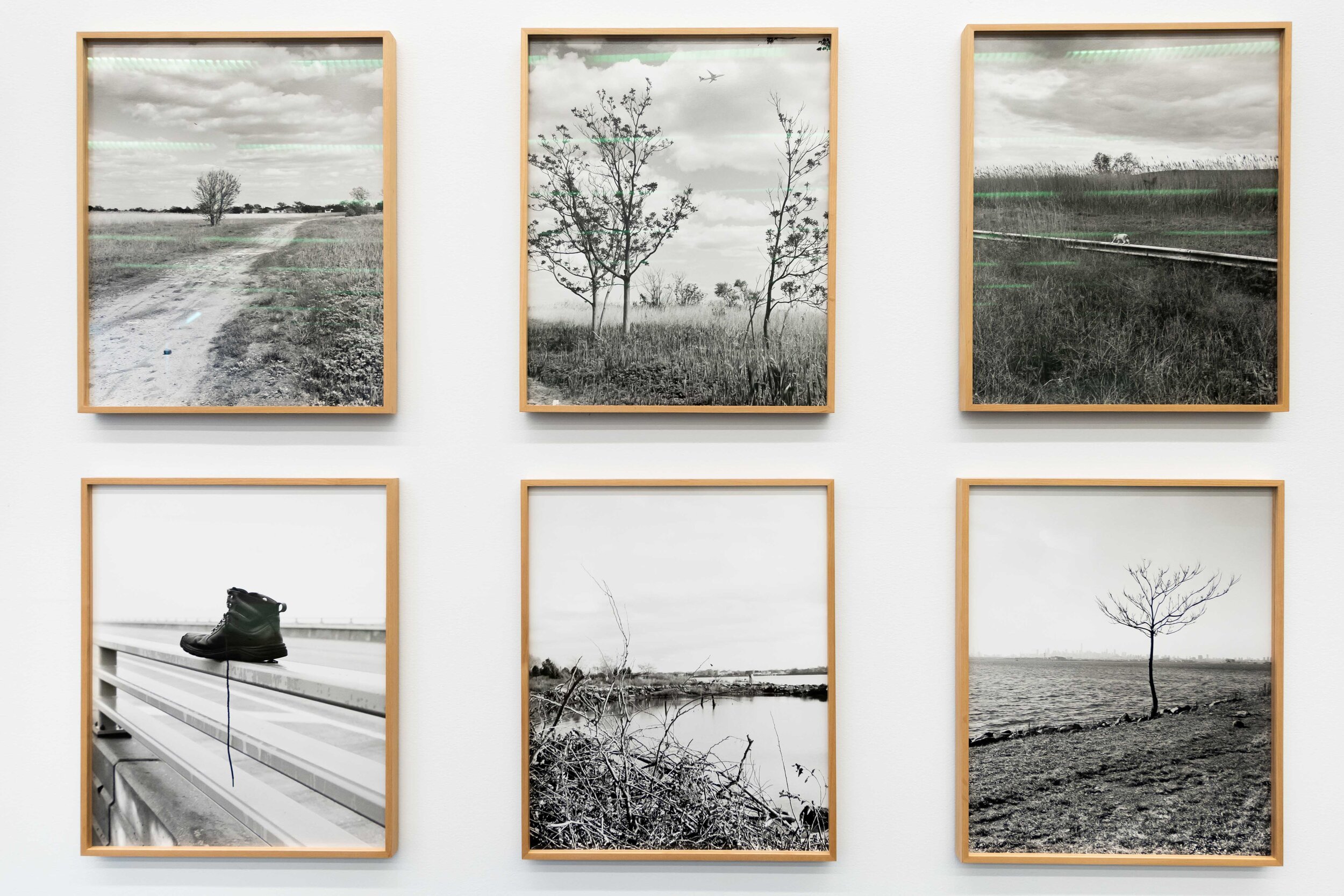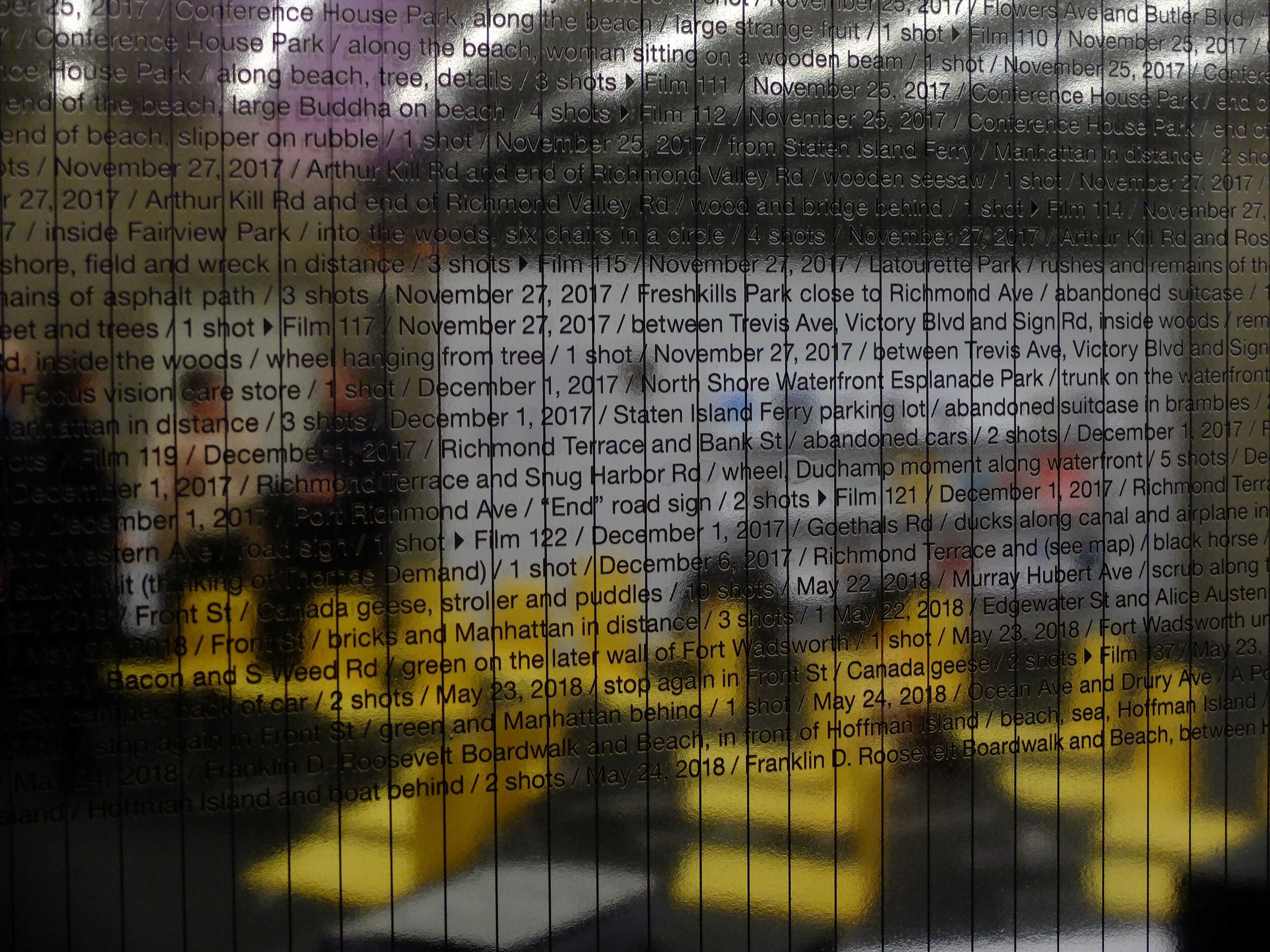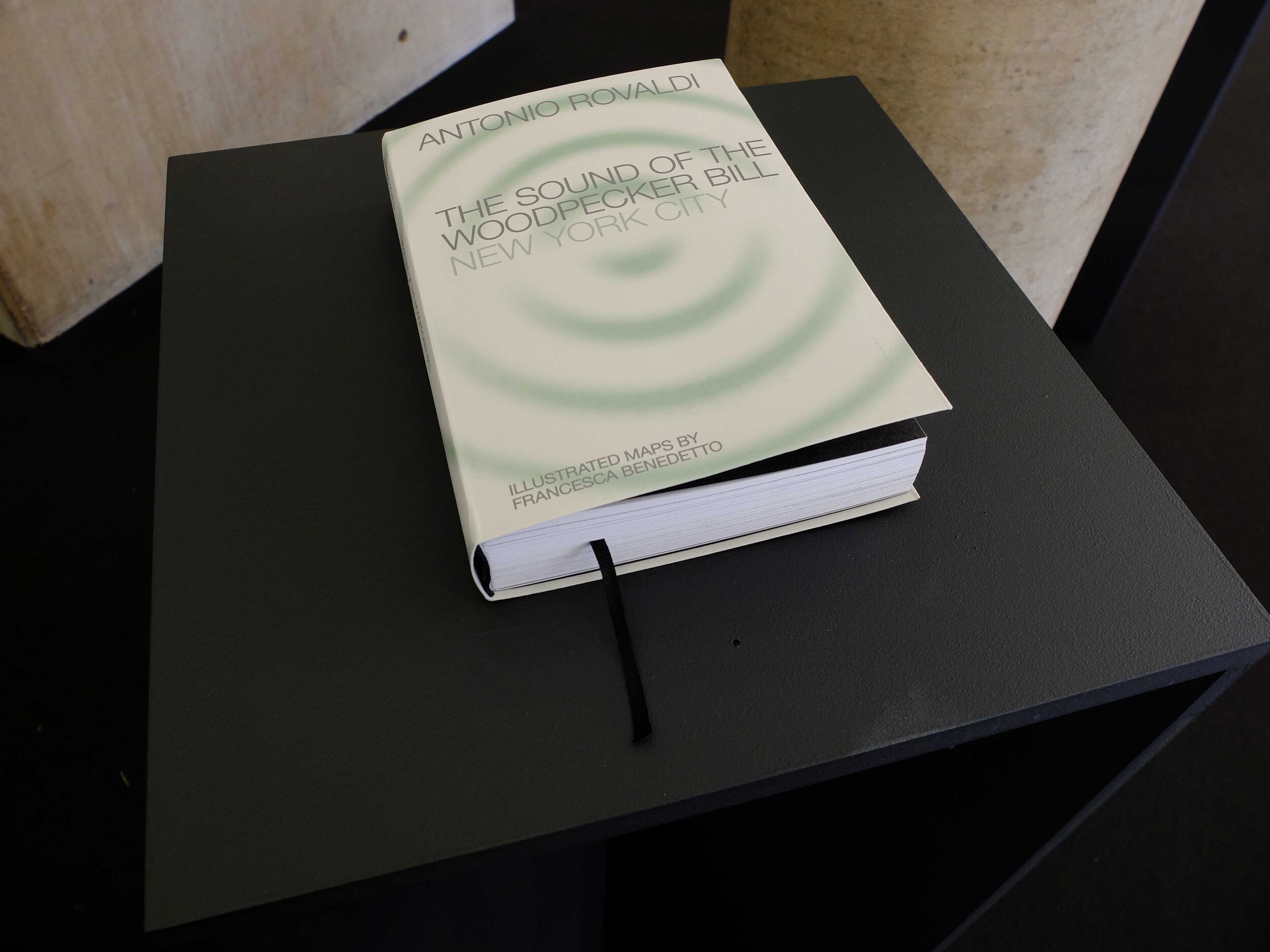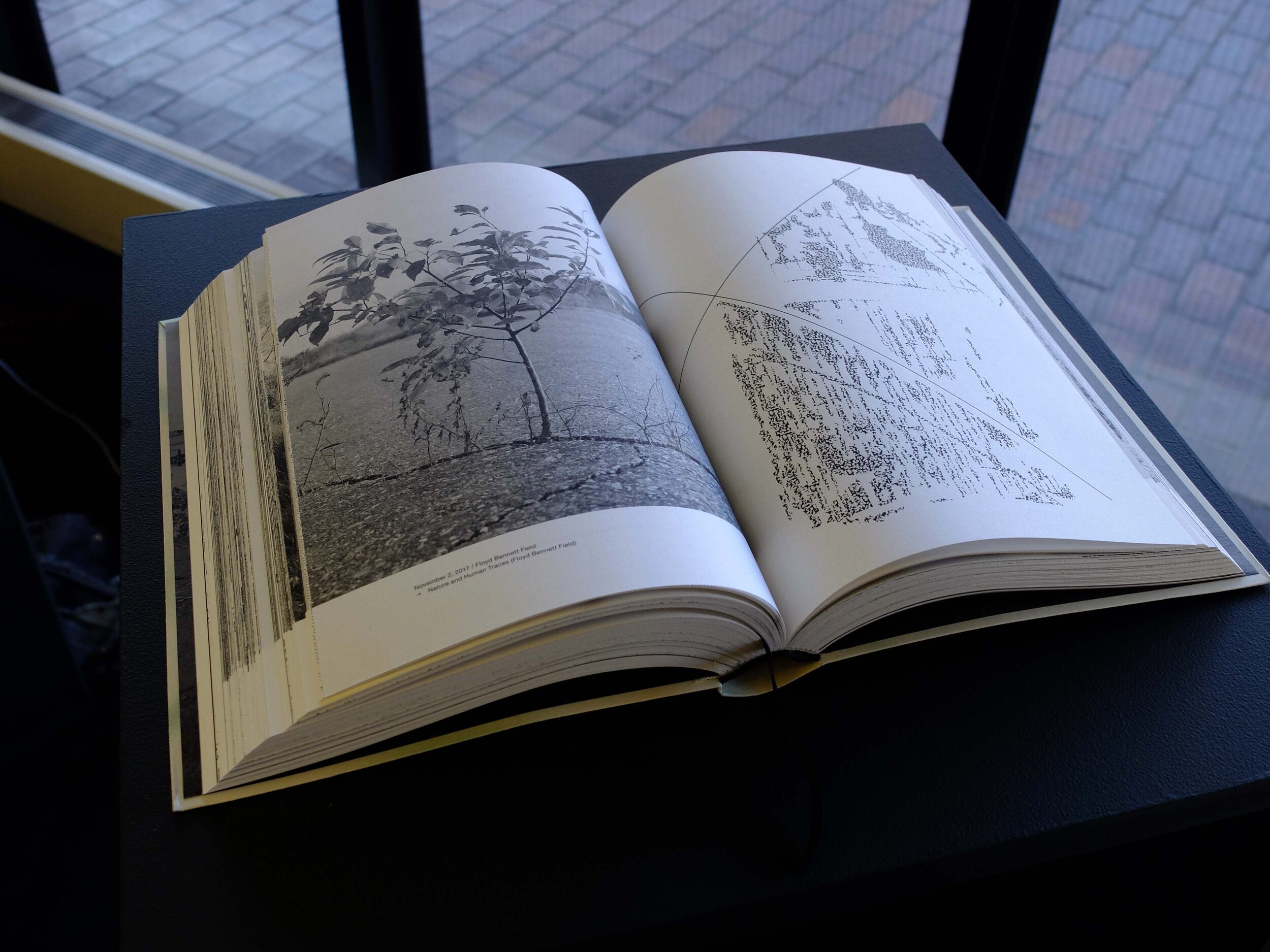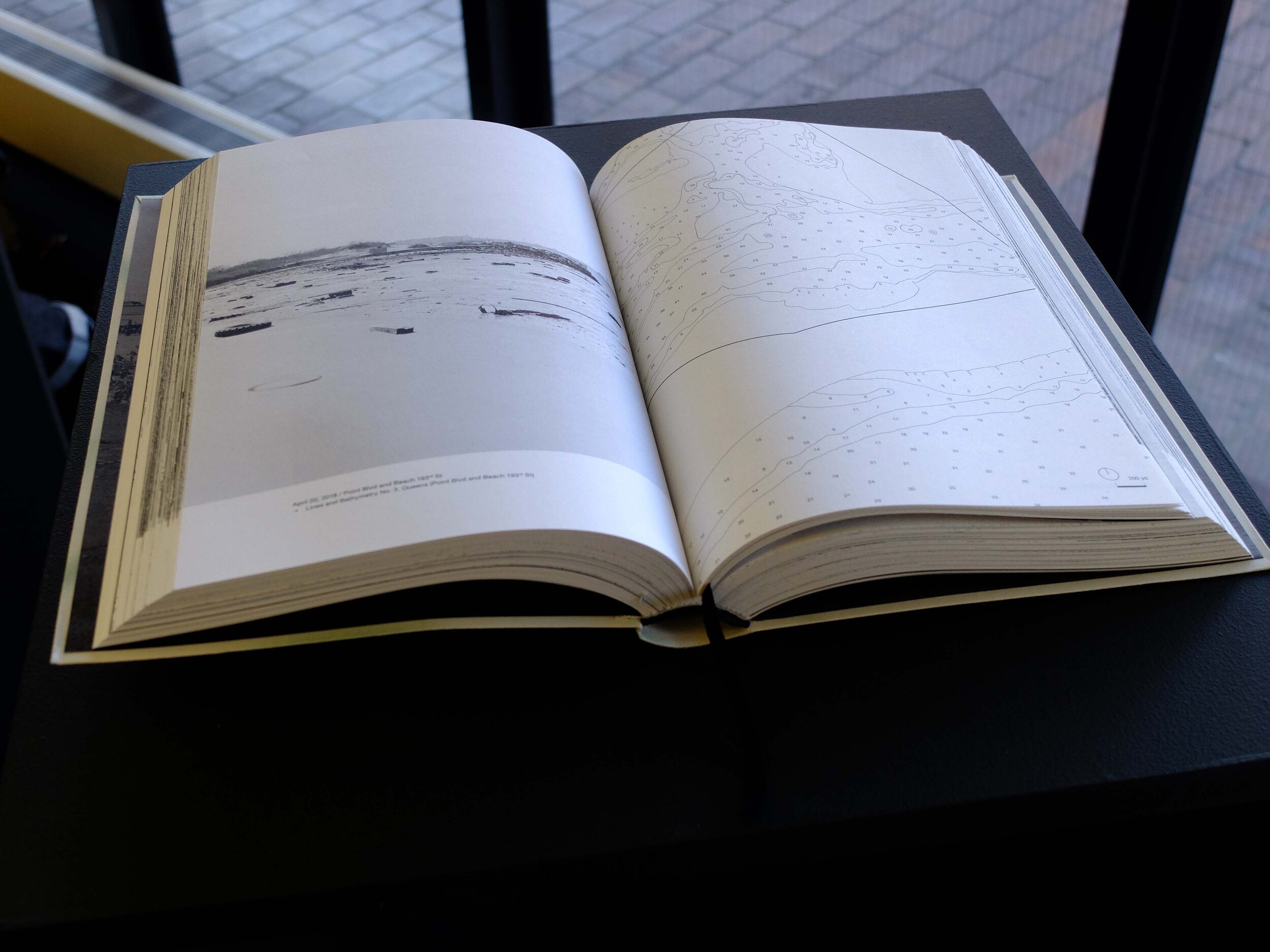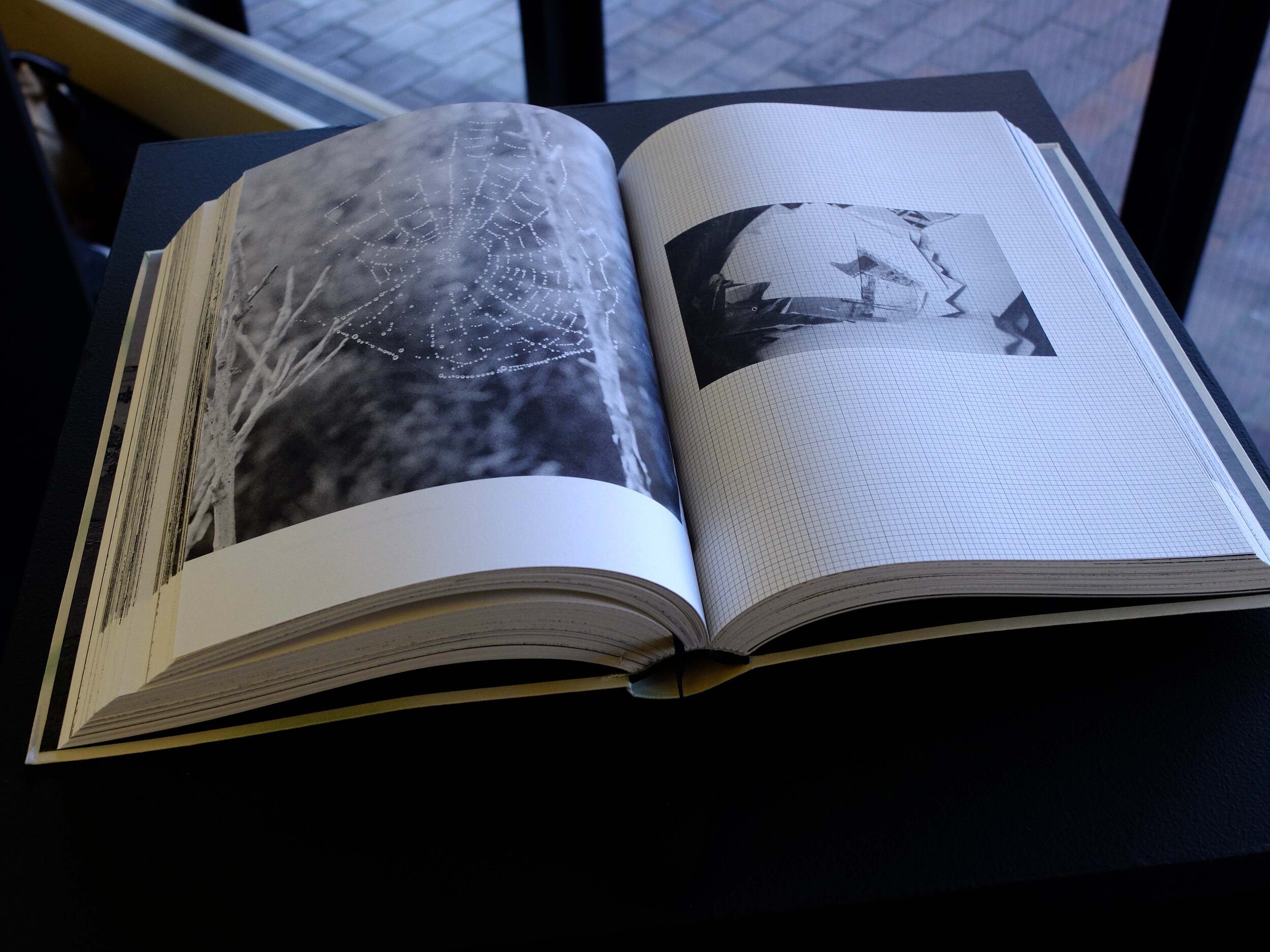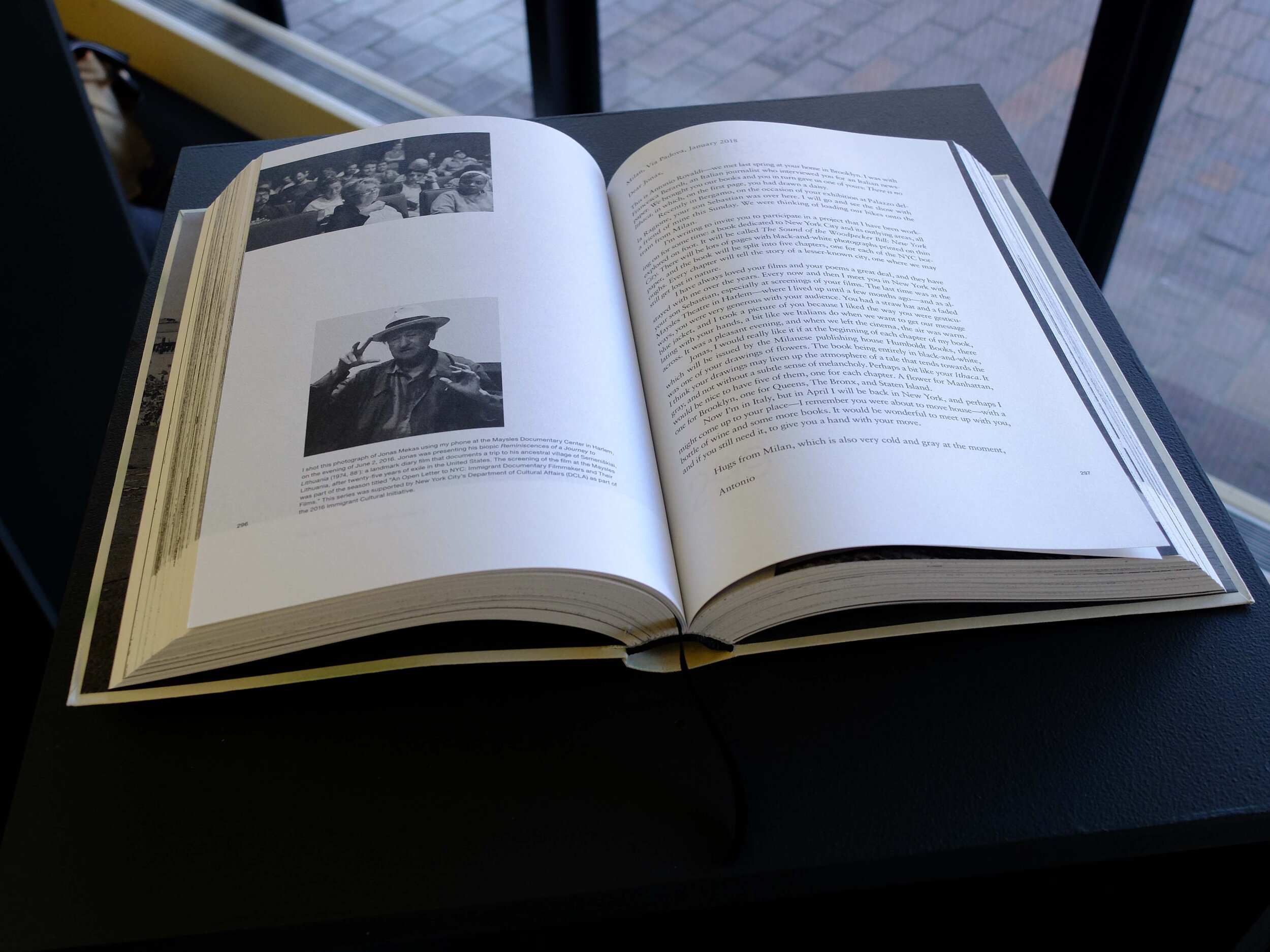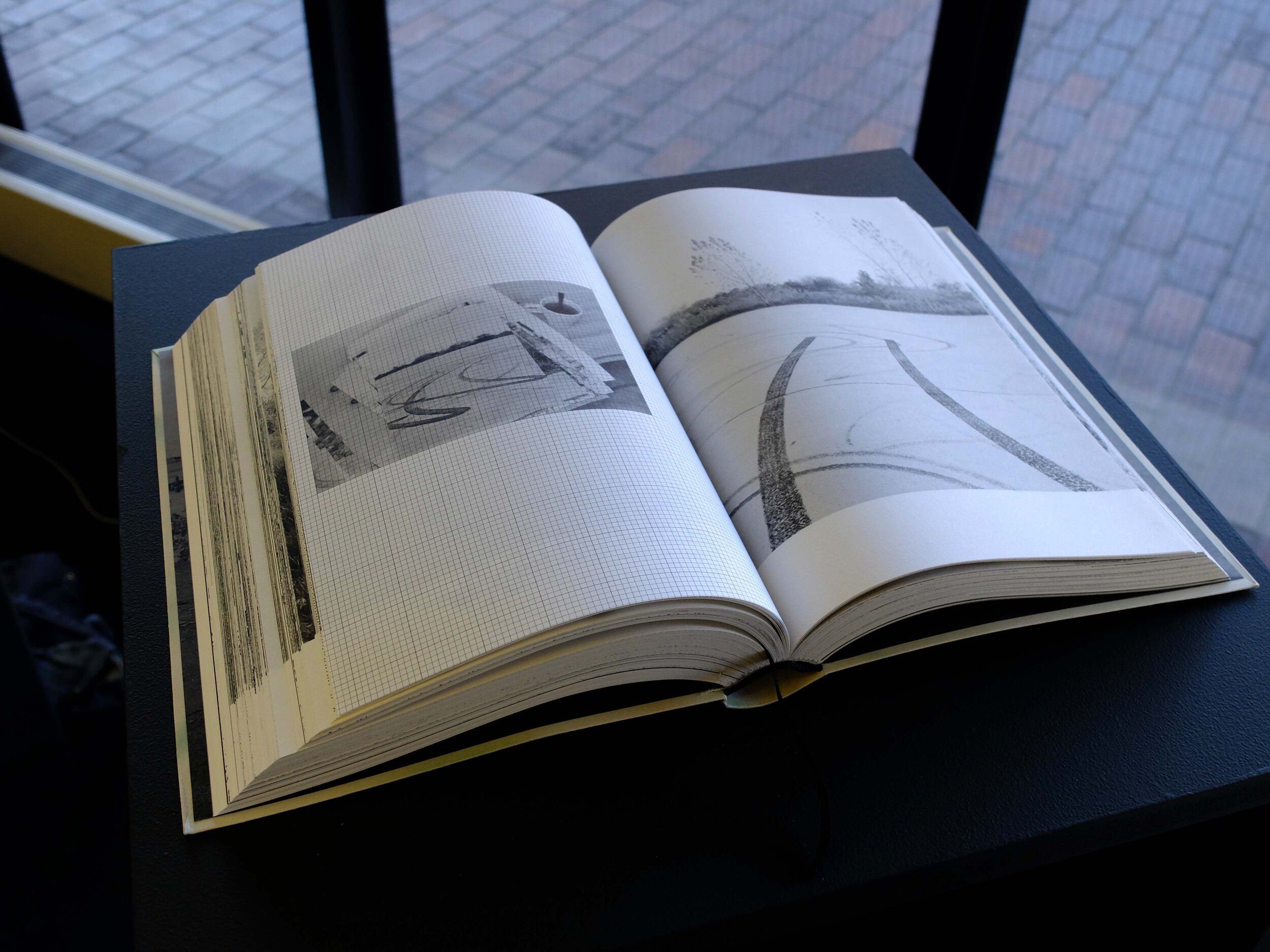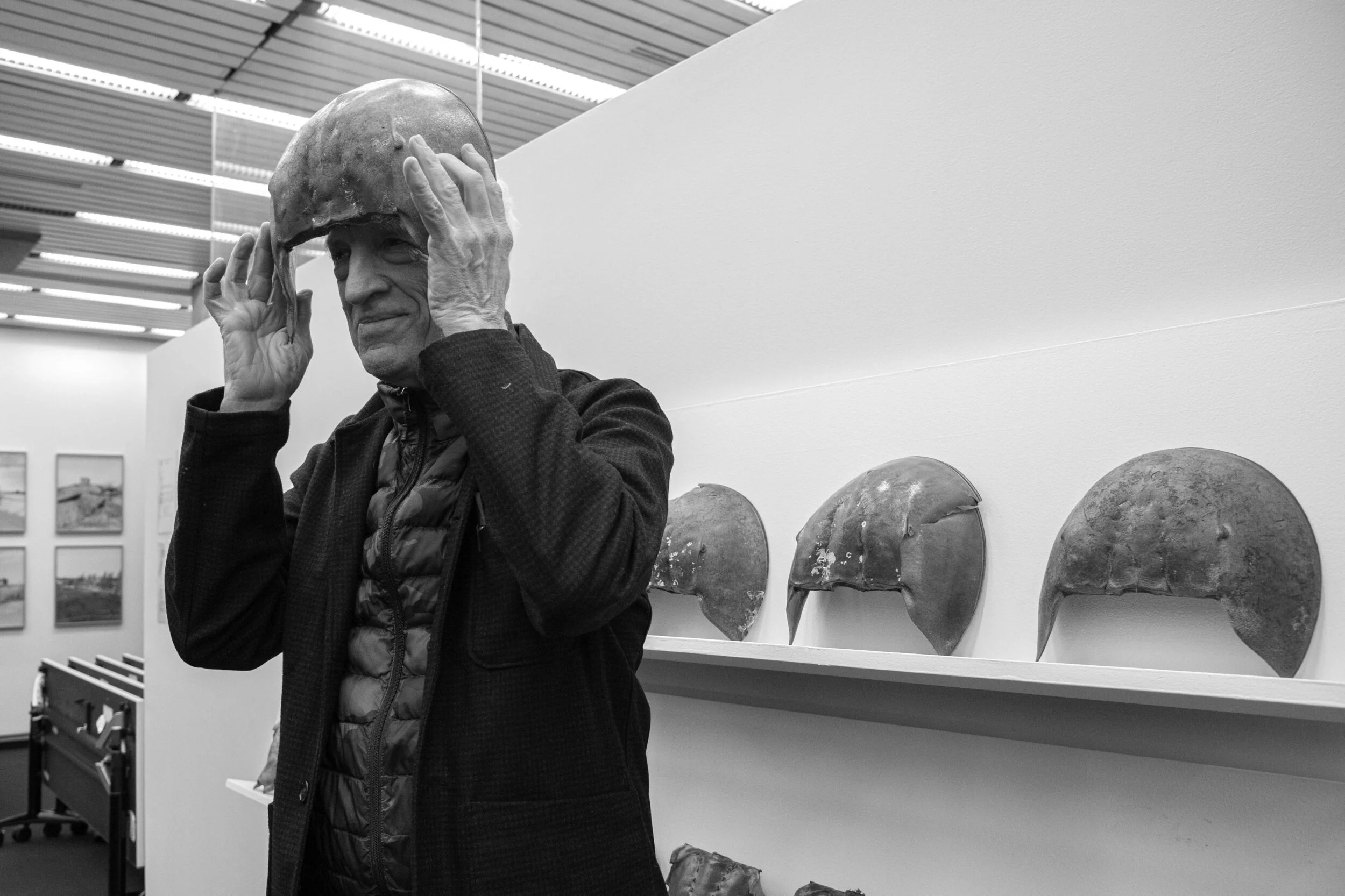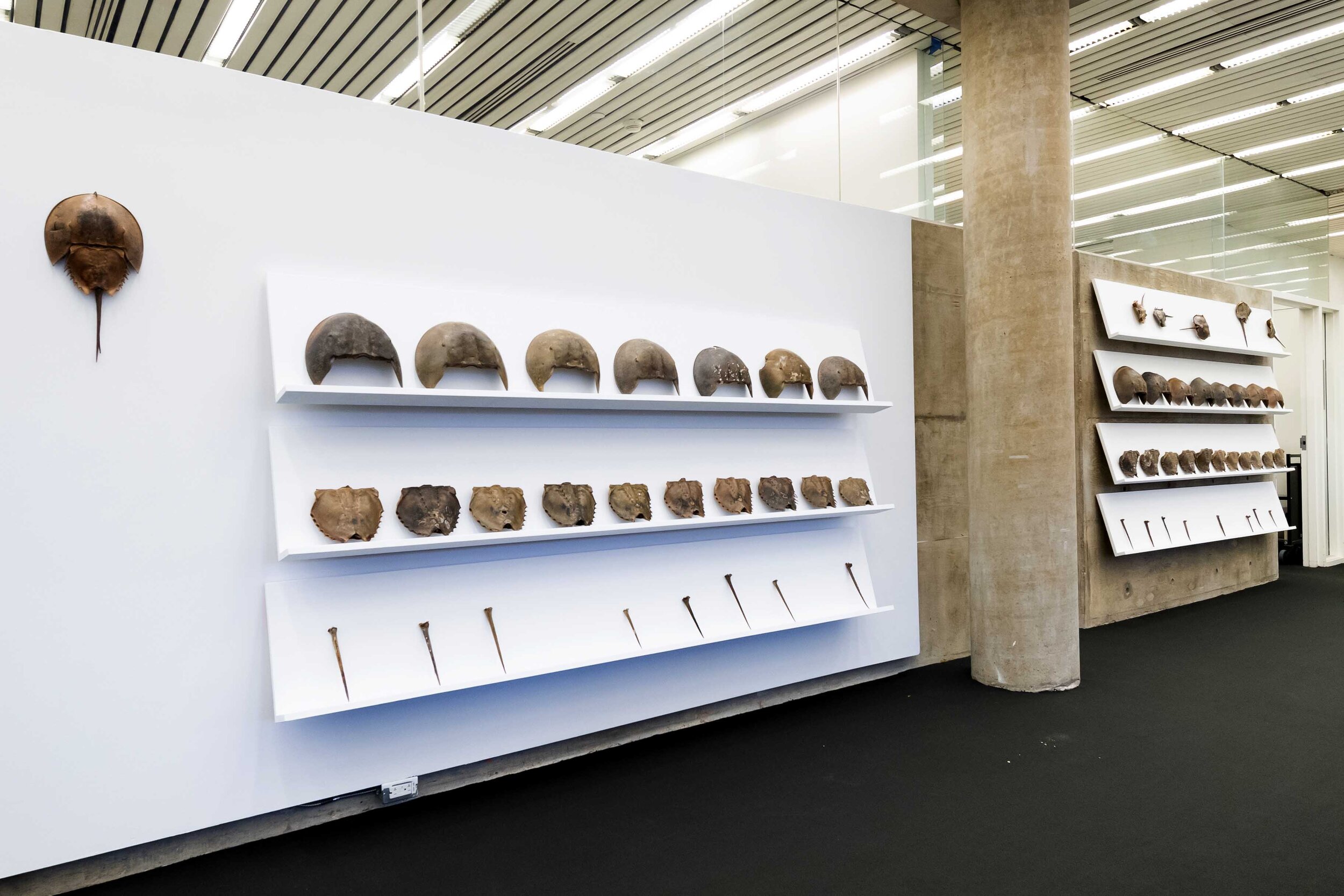END. WORDS FROM THE MARGINS. NEW YORK CITY 2019
(with Francesca Benedetto and Steven N. Handel)
Antonio Rovaldi, The Sound of the Woodpecker Bill: New York City, 2019
End. Words from the margins. New York City (from the series), black and white prints on barite paper on aluminium, 60 X 50,5 X 3 cm framed, 2019
End. Words from the margins. New York City (from the series), black and white prints on barite paper on aluminium, 60 X 50,5 X 3 cm framed, 2019
End. Words from the margins. New York City (from the series), black and white prints on barite paper on aluminium, 60 X 50,5 X 3 cm framed, 2019 / Justin Knight Photography
End. Words from the margins. New York City (from the series), black and white prints on barite paper on aluminium, 60 X 50,5 X 3 cm framed, 2019, Justin Knight Photography
Installation view at the Harvard Graduate School of Design, glass decals on the façade, by Francesca Benedetto
Installation view at the Harvard Graduate School of Design, glass decals on the façade, by Francesca Benedetto
November 12, 2019, at the Loeb Library Harvard Graduate School of Design, during the book presentation of The Sound of the Woodpecker Bill: New York City, Anita Kan Photography
END / Loeb Library, Harvard Graduate School of Design. opening November 12, 2019
We all have journeys to make in life. Sometimes the journeys are spatial from a familiar landscape to one that is new to us. We get fresh impressions and add these to our previous life experiences. But sometimes the journeys are internal, journeys in our minds yielding a different perspective or understanding of our world. Both types of journeys change us and force us to confront anew the landscapes around us.
Not all people experience both types of journeys, but this exhibit shows that Benedetto and Rovaldi have experienced such double journeys that are the sources of the landscape interpretations we have been offered.
[It has been wonderful for me to participate in this exhibit partnership. You know, Harvard’s GSD is proud of the diversity in our community. I am the token North American in this Italian world. I considered changing my name to Stefano Handellini, to fit in, but I didn’t do that.]
To me, this exhibit is a project about change in landscapes:
Geologic change: Maps of igneous rock, a glacier and its scars, moraines that formed the backbone of the outer boroughs and their topography. Parks and cemeteries placed on the rocky ridge on land too poor for farming, then outwash plains making the lowlands, until they meet the sea. And now the sea is rising, and the lowlands are drowning with two or more meters of land expected to be submerged. My old home in the Rockaways, still in my memory, soon will be in everyone’s memory, lost. In a city famed for constant change in its real estate, the position of the ends of the city will continually be changing also. Endless challenges to designers of the city with constraints and with novel opportunities.
Also biological change: These ancient shells behind me are the oldest inhabitants of the bays, markers of the deep past. They somehow remain. Then Europeans came, displacing the native tribesmen in the early 1600s. The living landscape was cut and plowed quickly as the Dutch settlements swept across the land. The original biota was mostly destroyed, and new species introduced from Europe. Most of the plants in Antonio’s pictures are colonists from abroad, mirroring the human colonists. My work has been to restore the historic biodiversity where the paving ends. Freshkills Park is one venue of our work at the End, once a saltmarsh, then vast landfill, now designed parklands with a natural heritage flavor. What transformations are possible? What can we add to enrich the End? That is a GSD conversation I want this exhibit to encourage.
When I look at Antonio’s images, I see some old friends, the introduced plants that have surrounded me my whole life. They are dogged, resilient, winners in that way in the urban landscape, but soon to be consumed by seawater. The biotic future of the city is as unknown to us as the city’s future designed components.
When I walk through the edges of the city, because of my background in ecology, I do not see emptiness but a dense community of many species thriving despite the urban and physical stresses. In Francesca’s maps and Antonio’s photographs I invite you to see the successes of these species that fill the Ends of New York City.
In the double journeys that led Francesca and Antonio to their interpretations, we can see a landscape somehow persisting. This is not “delirious New York,” with its high design and constantly changing infrastructure. This is derelict New York to most eyes, forgotten and, at first look, hopeless. But with a close study of the photographs and maps that surround us, we see a different reality. We can see that the landscape is alive, dynamic, changing as much as the constructed city that lies in the background.
And at the End we also can hear, distant from the clattering of the subway cars and the chattering of crowds in the commercial zones, if we are patient, we can hear even the sound of the woodpecker bill.
Steven Handel with Antonio Rovaldi and Francesca Benedetto, Horseshoe Crabs from Jamaica Bay (NYC), patial view of the installation, 2019 / Justin Knight Photography
Steven Handel with Antonio Rovaldi and Francesca Benedetto, Horseshoe Crabs from Jamaica Bay (NYC), detail, 2019 / Justin Knight Photography
Anita Kan Photography
Steven Handel with Antonio Rovaldi and Francesca Benedetto, Horseshoe Crabs from Jamaica Bay (NYC), global view of the installation, 2019 / Justin Knight Photography
Antonio Rovaldi / END – Parole dai margini / GAMeC
A Bodily Relationship with Territory: End. Words from the Margins - New York City, by Karen Schiff
End. Words from the Margins - New York City (with Francesca Benedetto and Steven Handel) / Harvard Graduate School of Design
Traces Along The Edges, by Mariana Mogilevich
Antonio Rovaldi ZERO
all images © Antonio Rovaldi


